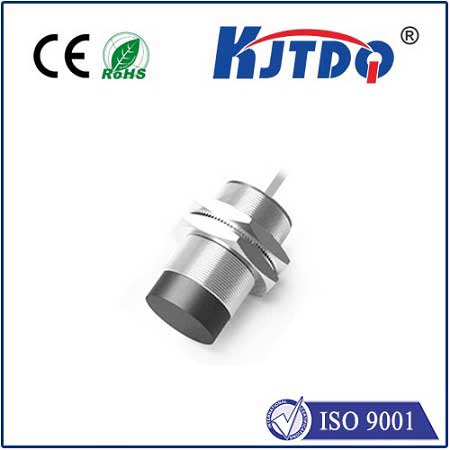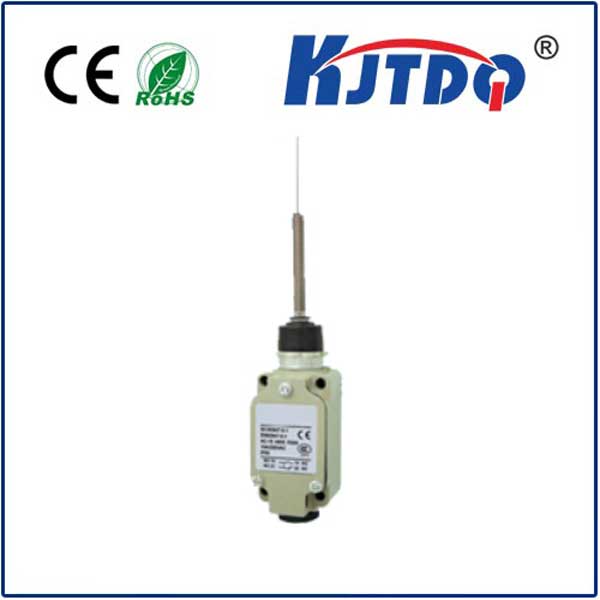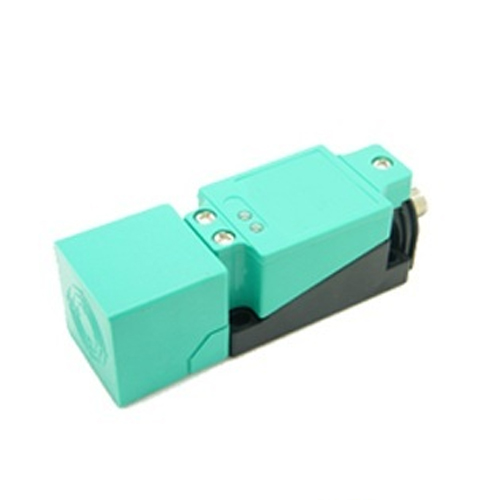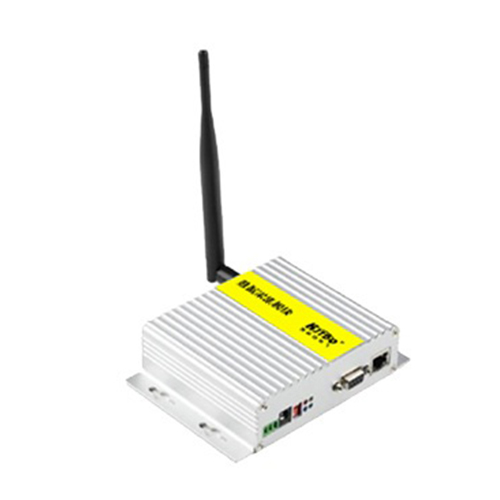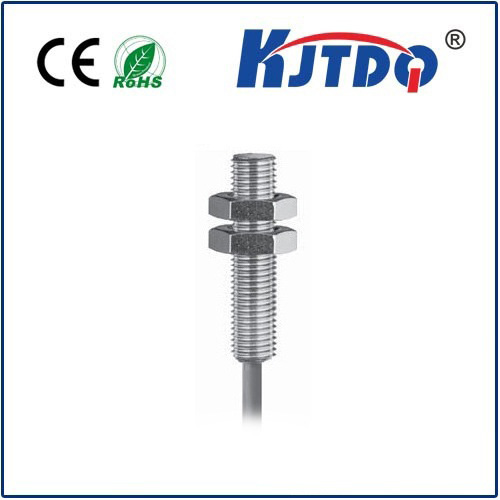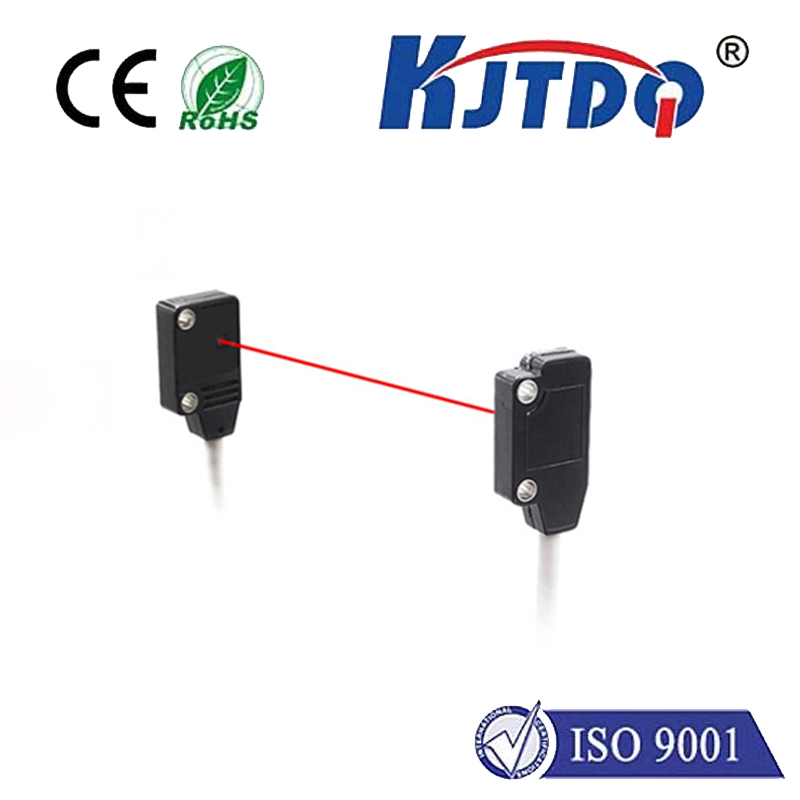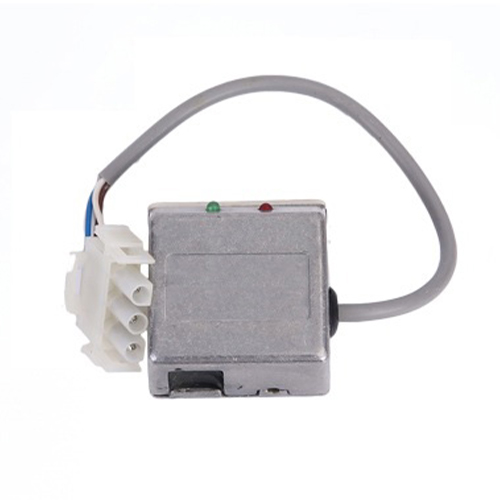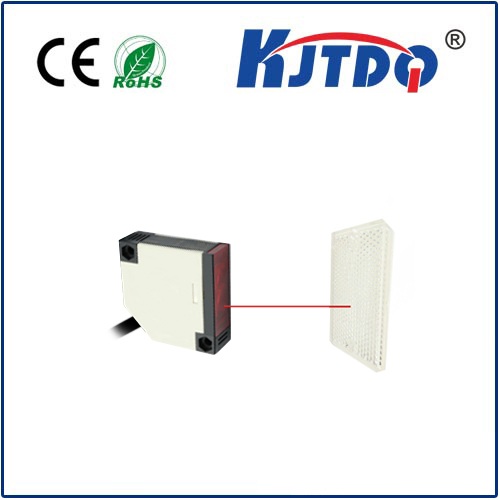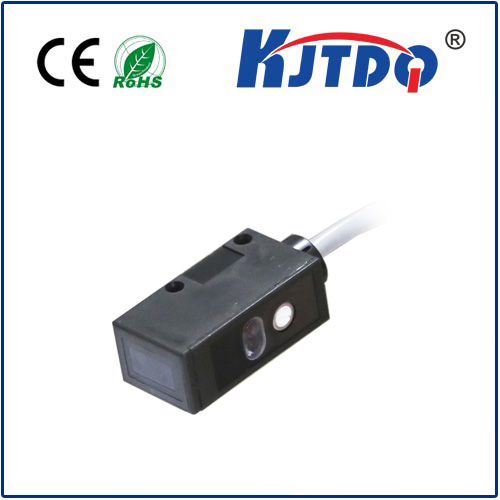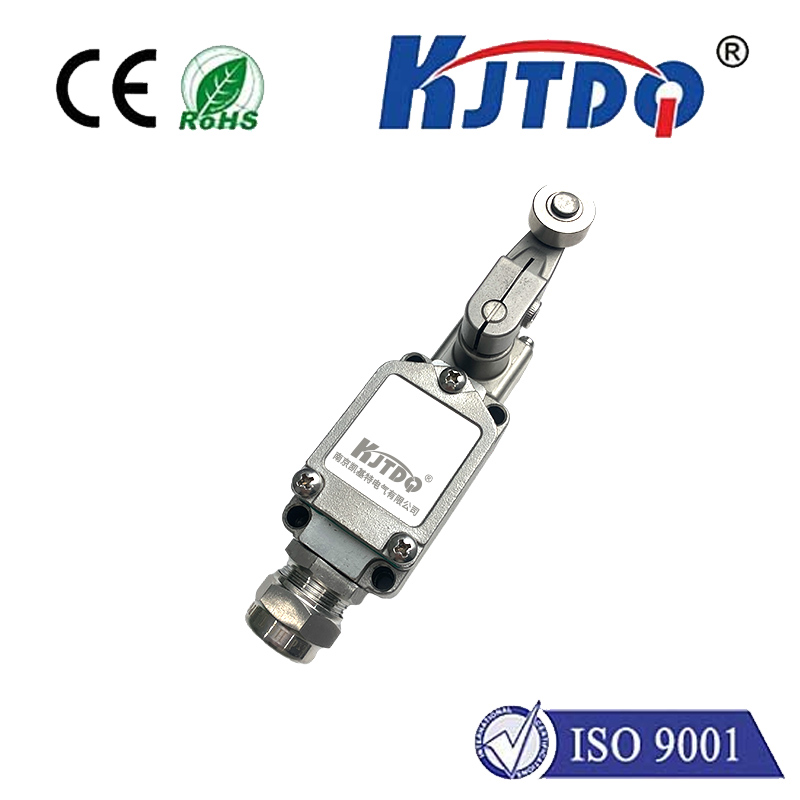2.4 GHz Radar Sensor: Enhancing Security and Automation in Modern Applications
In today’s rapidly evolving technological landscape, the integration of advanced sensors has become essential across various industries. Among these, the 2.4 GHz radar sensor stands out as a versatile and efficient solution for detecting movement, monitoring environments, and enhancing security systems. This article explores the key features, applications, and benefits of 2.4 GHz radar sensors, offering insights into how they are transforming modern automation and safety protocols.
The 2.4 GHz frequency range is widely used in radar technology due to its optimal balance between range and resolution. This frequency is particularly suitable for indoor applications where line-of-sight detection is critical. Unlike microwave or infrared sensors, radar sensors operate using radio waves, allowing them to detect objects even in low-light conditions or through obstacles. This makes them ideal for use in security systems, industrial automation, and smart home environments.

One of the most significant advantages of 2.4 GHz radar sensors is their ability to detect movement without requiring a direct line of sight. This feature is especially useful in areas where traditional cameras may not be effective, such as in crowded spaces or behind barriers. For example, in a retail environment, these sensors can help monitor customer flow and prevent theft by detecting unauthorized movement. Similarly, in industrial settings, they can be used to monitor machinery and personnel, ensuring safety and efficiency.
In addition to detection capabilities, 2.4 GHz radar sensors are known for their reliability and low power consumption. These sensors are designed to operate continuously without significant energy drain, making them cost-effective for long-term use. Their robust construction also ensures durability, even in challenging environments. This reliability is crucial for applications where downtime can be costly, such as in manufacturing plants or security installations.
The integration of 2.4 GHz radar sensors into modern systems often involves smart integration with other devices. These sensors can communicate with control systems, enabling real-time data analysis and automated responses. For instance, in a smart home setting, a radar sensor can trigger a motion-activated light or alert homeowners to potential intrusions. In industrial automation, they can be used to trigger alarms or initiate safety protocols when unusual activity is detected.
Another key aspect of 2.4 GHz radar sensors is their adaptability to different environments. Whether it’s a commercial building, a residential home, or an industrial facility, these sensors can be customized to suit specific needs. The 2.4 GHz frequency is also compatible with a wide range of devices, making it easier to integrate into existing systems without requiring major modifications.
As technology continues to advance, the role of 2.4 GHz radar sensors is likely to expand. Innovations in sensor design and data processing are paving the way for more accurate and responsive systems. Future developments may include enhanced AI integration, improved range capabilities, and greater energy efficiency, further solidifying the sensor’s importance in modern automation and security solutions.
In conclusion, the 2.4 GHz radar sensor is a powerful tool that offers a range of benefits across multiple industries. Its ability to detect movement, operate in challenging environments, and integrate with smart systems makes it an essential component of modern automation and security infrastructure. As technology continues to evolve, the potential applications of 2.4 GHz radar sensors are bound to grow, ensuring their continued relevance in the digital age.
